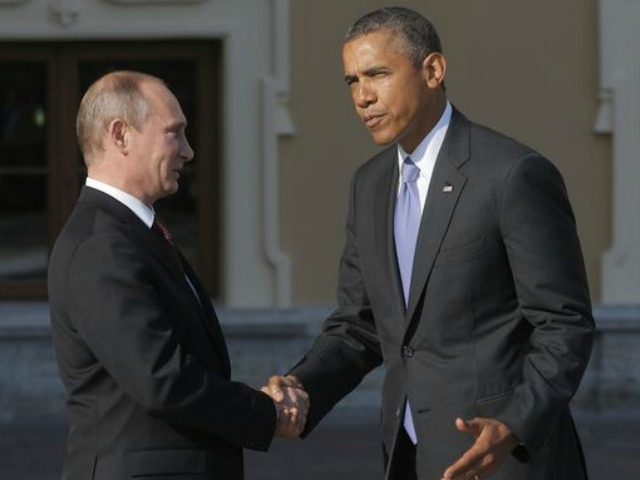
President Obama told Moscow the US has prepared more sanctions to impose on Russia if the country does not alleviate tensions in Ukraine. The US, European Union, Ukraine, and Russia signed an agreement in Geneva to work together to the fighting between pro-Ukrainians and pro-Russians in east Ukraine.
“So far at least we have seen them not abide by the spirit or the letter of the agreement in Geneva,” Obama said in Tokyo at the start of a tour of Asia. “Instead we continue to see malicious, armed men taking over buildings, harassing folks who are disagreeing with them, destabilising the region and we haven’t seen Russia step out and discouraging it.”
If Russia did not play its part, he said, there would be “consequences and we will ramp up further sanctions”.
He conceded that new sanctions may not change the calculations of his Russian counterpart, Vladimir Putin. “There are some things the United States can do alone but ultimately it’s going to have to be a joint effort, a collective effort,” Obama said during a press conference with the Japanese prime minister, Shinzo Abe.
This could be a problem for the US since the EU has not been vocal about more sanctions against Russia. The only major sector left in Russia to sanction is gas and energy. Unfortunately for the US, and the EU, Europe receives the majority of gas from Russia and the pipelines flow through Ukraine.
Business Insider released two maps: one shows Europe’s countries views on sanctions and the second shows how much gas each country receives from Russia. Estonia, Latvia, Lithuania, and Poland receive more than 50% of gas from Russia, but they are the countries pushing for more sanctions. However, these countries are ex-Soviet states and fear Moscow could come after them next. But Hungary, Austria, Slovakia, Bulgaria, and Greece are either reluctant or undecided and receive more than 25% of gas from Russia. Bulgaria receives almost all of their gas from Moscow.

COMMENTS
Please let us know if you're having issues with commenting.